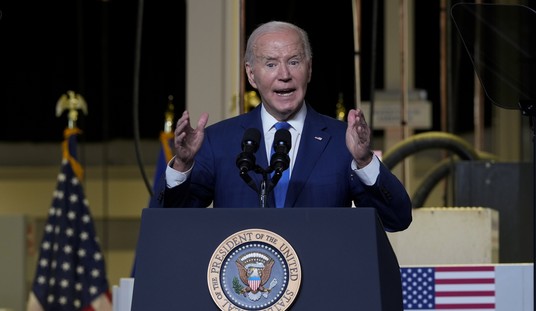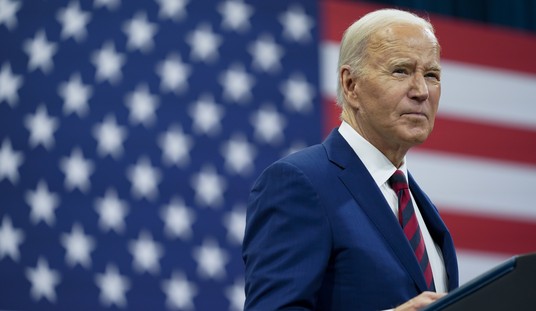“Education is the most important predictor of income today,” President Obama stated last December during his remarks on the economy. In an attempt to improve education, Obama purportedly launched Race to the Top and encouraged states to revise their standards. The trouble is, Obama, as he so often does, got the solution wrong.
The administration’s $4.35 billion Race to the Top Initiative reportedly encouraged states to make unrealistic goals and “failed to focus on the core drivers of opportunity gaps.” New standards set in place via Common Core have also proved ineffective, and states continue to opt-out of the government's push for a one-size-fits-all program.
So what is the answer? MIT economists David Autor and Melanie Wasserman suggest that encouraging strong family units is key. According to their report “Wayward Sons: The Emerging Gender Gap in Labor Markets and Education:”
Due to lower marriage rates of less-educated males, their children face comparatively low odds of living in economically secure households with two parents present. Unsurprisingly, children born into such households also face poorer educational and earning prospects over the long term.
The percentage of births to unwed mothers has doubled in the last thirty years, the economists reported, “rising from under 20% of all births in 1980 to over 40% in 2009.”
Curiously, while births to teenagers have decreased by 40% over the last 20 years, single motherhood across all three key demographic groups has steadily climbed. This seems to indicate some level of social acceptance.
Recommended
Even more concerning is that male children born into low-income, single-parent headed-households—which, in the vast majority of cases are female headed households—appear to fare particularly poorly on numerous social and educational outcomes. A vicious cycle may ensue, with the poor economic prospects of less-educated males creating differentially large disadvantages for their sons, thus potentially reinforcing the development of the gender gap in the next generation.
Rather than focusing on creating new tools and systems for education, policy makers should focus their attention on creating incentives for the creation of strong family units.

























Join the conversation as a VIP Member